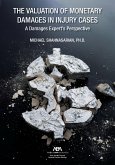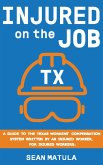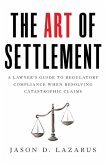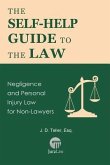On the morning of June 5, 2013, early-bird shoppers and employees at a Philadelphia Salvation Army thrift store were buried alive. For weeks before the collapse, contractors had worked on a demolition project next door to the thrift store. Corners were cut, warnings of potential dangers ignored, and safety precautions passed by, but no one inside the store knew that, until a wall of the demolished building crumbled ahead of schedule and came crashing down on its neighbor. The roof of the Salvation Army store buckled with no warning. Those who were lucky escaped. The other thirteen found themselves buried under the rubble. In the aftermath, rescuers flooded the scene, concerned parties searched for their loved ones, and a single question rose from the ruins: Why did this happen? Were the contractors at fault? Evidence of drug use and overall incompetence suggests the contractors had a lot to answer for, but there were bigger players as well. Someone paid for the demolition project, hired less-than-ideal laborers, and neglected to pay close attention to the execution. And what about the city? Philadelphia's construction regulations were clearly insufficient to prevent this disaster. Shortly after this catastrophe, blame focused on the contractor and heavy equipment operator""but didn't the Salvation Army have an obligation to close its store to protect its employees and customers in light of the warnings of potential danger? The disaster led to criminal prosecutions and a lawsuit that resulted in one of the longest trials in Pennsylvania history, involving hundreds of millions of dollars. Throughout the process, city officials, lawyers, and the public at large continued to argue about who was most to blame. In Justice under the Rubble, Andrew Stern and George Anastasia tell the moving""and sometimes chilling""story of the pursuit of justice.
Hinweis: Dieser Artikel kann nur an eine deutsche Lieferadresse ausgeliefert werden.
Hinweis: Dieser Artikel kann nur an eine deutsche Lieferadresse ausgeliefert werden.








